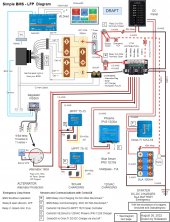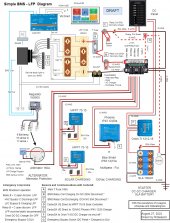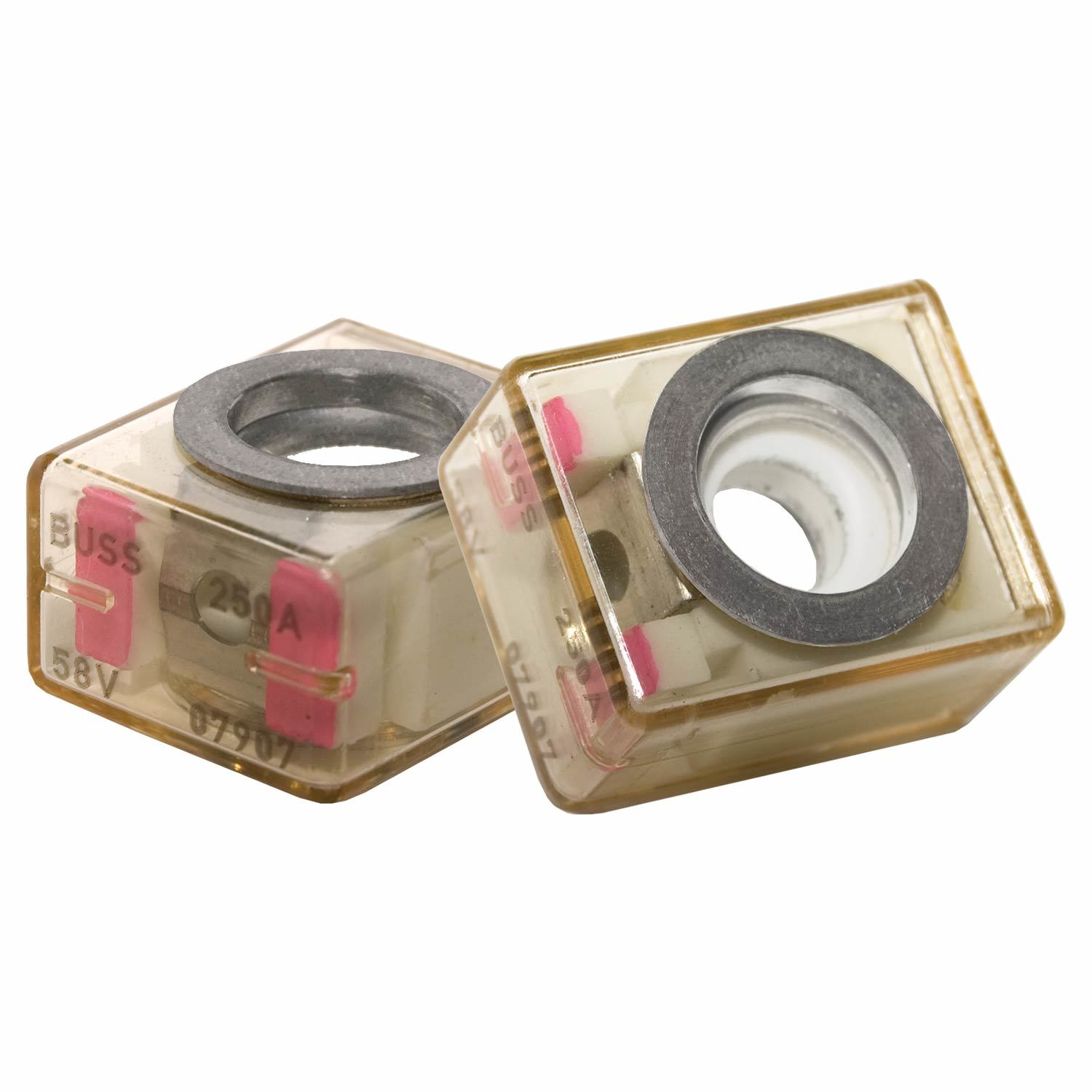Goboatingnow
Solar Enthusiast
- Joined
- Jul 3, 2022
- Messages
- 1,325
They are the exact same component. This TE product is the blue sea component.I wonder how much current these will use over 24hrs and how they compare to the more expensive Bluesea.
The TE has the same “ economiser “ circuit which drops the current to 130 mA like the blue sea one





